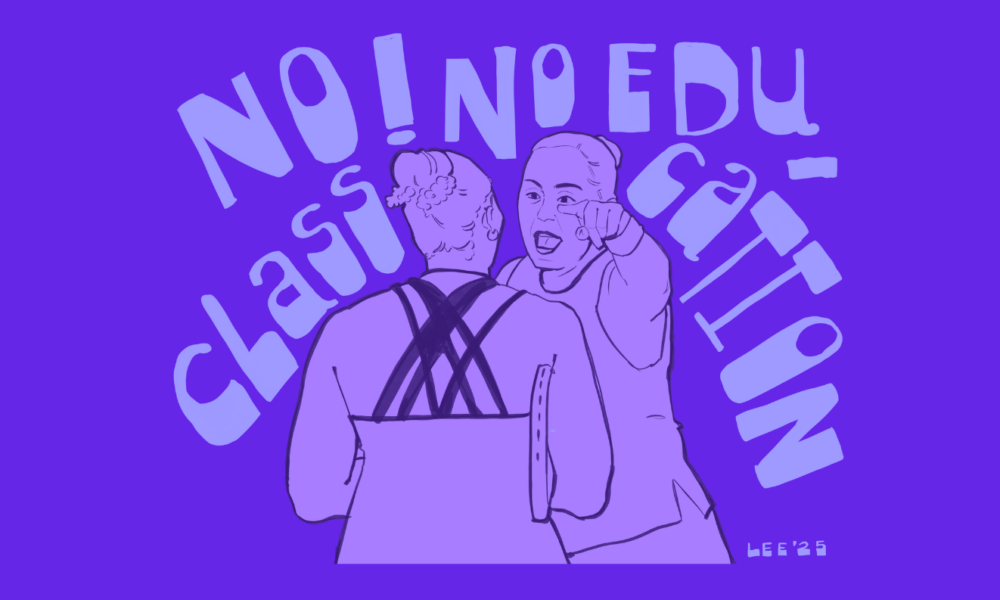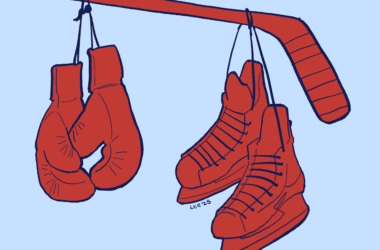On Aug. 27, tennis players Jelena Ostapenko and Taylor Townsend got into a verbal altercation after the second round of the 2025 US Open. After an intense matchup where Townsend defeated the Latvian in straight sets 7-5, 6-1, Ostapenko initiated a heated conversation that ended in her saying that Townsend had “no class” and “no education.” Ostapenko’s remarks sparked major outrage online and amongst fans, with many claiming the comments had racist undertones and that Ostapenko should be penalized accordingly.
Ostapenko has apologized since the incident, saying that English is not her first language and that she did not have malicious intentions and meant no harm. With a history of racism within the sport of tennis, many wonder what the truth is behind this incident, and whether Ostapenko should be held accountable for her actions.
Tennis has long been shaped by exclusionary practices, making any discussion of potentially racist remarks amongst athletes reflective of the sport’s history. For decades, professional tennis was dominated by wealthy, predominantly white individuals, with clubs and major tournaments often banning and excluding Black athletes. Althea Gibson broke barriers in 1956 as the first Black player to win a Grand Slam title, but her success did not shield her from discrimination and prejudice both on and off the court.
In the 21st century, Venus and Serena Williams have endured similar treatment, facing racist behaviour from crowds and accusations that their competitive fire is “angry” and “unladylike.” These stereotypes speak to a broader pattern in tennis, in which Black women have been portrayed as lacking composure or “class.” With this deep-rooted history of racism, Ostapenko’s words—even if they were born of frustration rather than racism—resonate with a long history of discrimination that has targeted Black women in tennis specifically.
While Ostapenko apologized, her comments cannot be separated from this history. Her words “no class” and “no education” parallel language traditionally used to demean and dehumanize Black women, which explains why many saw them as racially charged. Even if Ostapenko’s remarks were less about race and more about venting frustration after a difficult loss, the fact that Townsend, a Black American player, was the target means the impact was different than if Ostapenko had directed her words at someone else. Athletes like Ostapenko must consider the effects of their actions and see how their comments risk reinforcing harmful stereotypes that have persisted in tennis for decades. The situation as a whole highlights how racism in sport is not always explicit and overt, but can also emerge through language that carries different meanings depending on history, context, and audience.
Ostapenko’s remarks towards Townsend were more than a heated post-match dispute: They serve as a reminder of how deeply history shapes the present in tennis and in society. Acknowledging this context does not mean automatically condemning Ostapenko as malicious, but it does highlight the need for awareness and accountability in tennis.
The next steps for the United States Tennis Association (USTA) should be not just responding thoughtfully to address this single incident, but committing to education and policies for their athletes that prevent racist behaviour before it occurs. Tennis has progressed toward inclusivity, yet moments like this show there is still work to be done. Ensuring that every player, regardless of race or background, competes in an environment free from discrimination is not just the USTA’s responsibility—it is essential to the sport as a whole.







